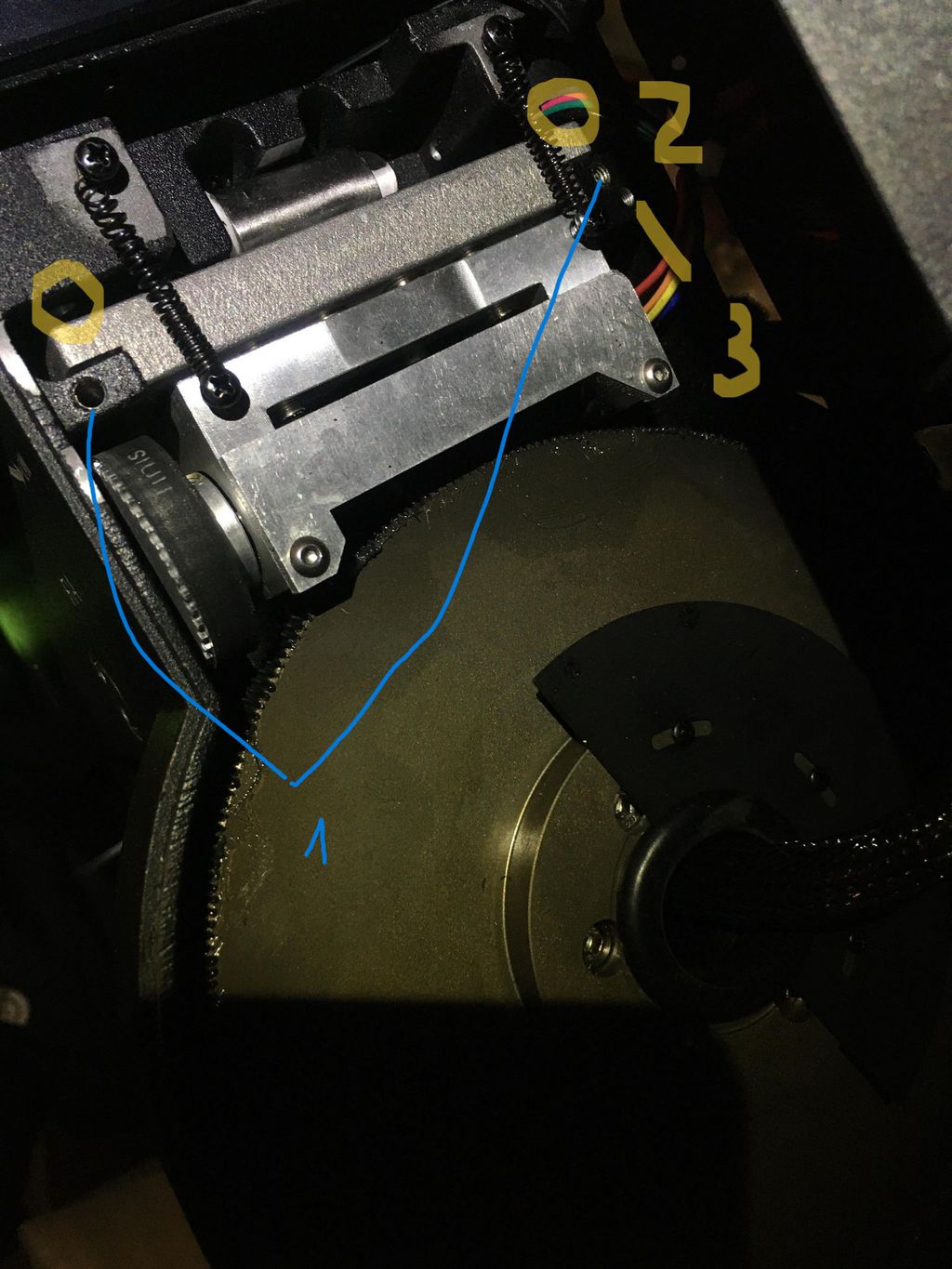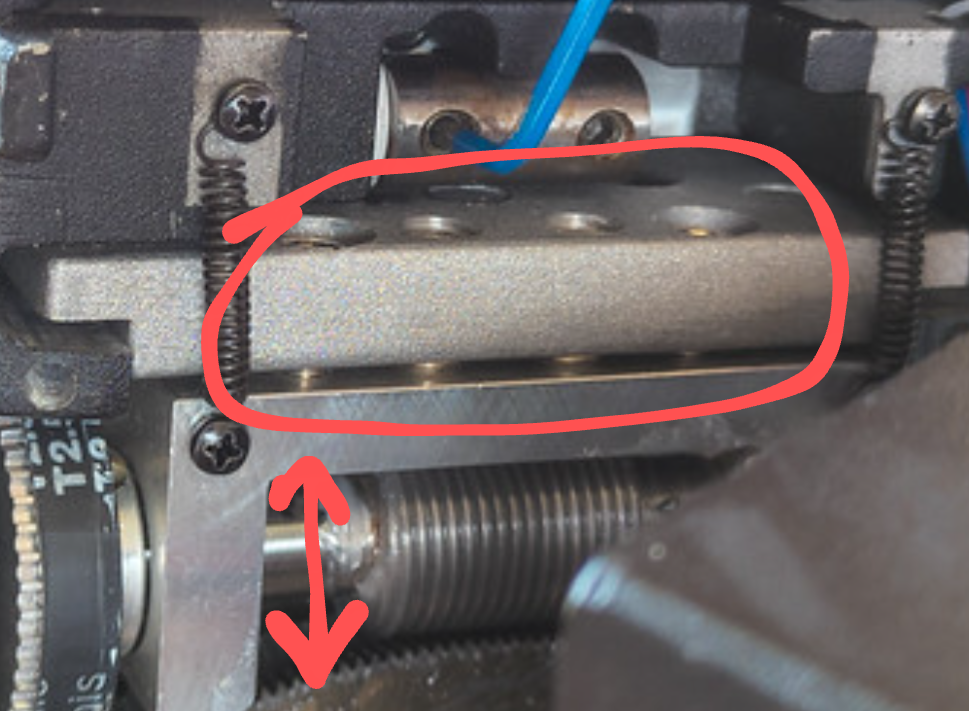@MaksPower :
Yes, the RA disc is bolted on axis. As the sadlle on Dec axis.
The assembly looks like a motor's flywheel attached to crank.
For DSI, I use NINA and GS Server.
No skymap sofware : NINA is piloting the pointing, astrometry, centering in DSI.
NEVER the
Skywatcher app or driver. The app allows to goto a planet/coordinates but it planted me the mount in end stop twice. Then, never again.
For planetary, I use the hand controller or GS server piloted by Sharpcap.
With GS server, I manually copy the Ra/Dec coordinates of the planet from SkySafari and send the mount to point with GS Server.
And sometimes, with the hand controller. Never use both HV and Driver.

Using the mount this way, end stop accident never happend again.
A security clutch system? I don't know.
The mount is god in many points, but it has this problem.
@Matthew Proulx :
Well, in fact, the upper end stop are perpendicular to the floating assembly.
The lower end stop are angled.
So, sometimes, after "accident", when re-tuning the play, you need to re adjusting the low end screws. Don't ask me why : it's only my return on experience.
Because what appears is that after tuning the wheel play (sometimes), the floating assembly is not tigh and is floating when engaged.
The low ends screws are like "centering" because of opposite angle and the tightening screw, then is maintaining the floating assembly tigh.
The tuning on this mount is complex and each part of the tunig is "interactive". So, sometimes, you have to do a lot come and back like :
- "This one is good? Oh ok."
- "Now let's check the other one."
- "Ok, back to the first."
And back and forth...
Out of the box, mine was guiding at 0.65".
Now currently between 0.40" and 0.55".
Best at 0.37" for 4 hours long.
No matter OAG @f10 or Guiding scope @f1,9. Same results.
IR 850 filter help to filter turbulence. Barlow lens, too. Both for guiding scope.
On hyperstar system with guide scope, I have 741 mm guiding scope focal and 555 mm focal length on C11.
This to compensate the "I follow the vibrating sky" tendency of this mount.




